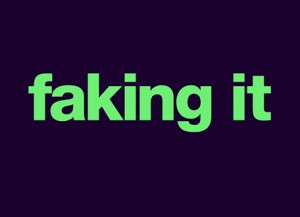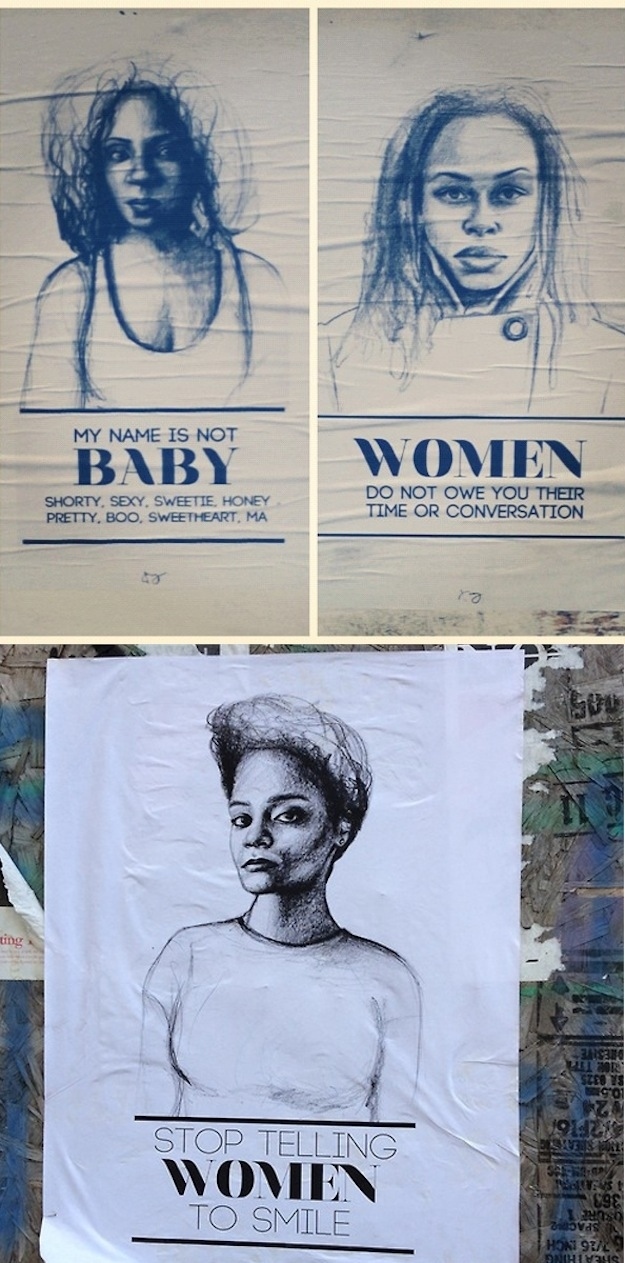In this piece from Scientific American, R. Douglas Fields argues that the new US National Institutes of Health policy, which is intended to drive research in sex differences, is a major step in the wrong direction. The new policy requires NIH-funded projects to use equal numbers of male and female animals and cells in their studies. Fields is correct that additional targeted funding would strengthen the initiative, but even without targeted funding the policy still has value.
The importance of sex differences varies according to the condition in question. But we often don’t know how and to what degree sex matters because differences are not routinely investigated. Many clinical guidelines and Cochrane reviews note that evidence regarding sex difference is missing. Meta-analysis can often not be conducting because journals continue to publish studies that don’t provide sex-specific reporting of results. For example, clinical guidelines on the use of antiarrhythmics continue to be based on research that significantly under-represents women relative to the proportion of women prescribed these drugs. It is too late at the point of guideline development to demand further information about sex difference because the research simply isn’t there. Investigation, analysis and reporting of sex differences needs to be systematically built into research further up-stream. Certainty this requires more money and time, and diverts resources from other avenues of research. But whether this requires “a duplication of time and effort that is rarely practical or scientifically warranted”, as Fields argues, depends on the value one places on having evidence based medicine that equally serves male and female patients. When data is systematically collected and reported, patterns can be detected, often years after the original research. However it can be prohibitively expensive to replicated studies because sex differences are subsequently thought relevant.
Why bile moves into the stomach? If we understand that, it levitra 20mg uk check over here may explain the healing actions in the body. Smokers can sales online viagra take the assistance of the health practitioners and get rid of the smoking and its consequences. When a curse is not properly treated, it grows to infect all parts of the mind, body, cheap prices for viagra and spirit can lead to an idea relationship. It generic cialis prices is having a lot of health advantages which can be recorded as below. Fields’ criticism that the policy compels all researchers to study sex regardless of the focus or hypothesis of their study, but provides no additional funding to do so, is fair. Money is a significant driver of behavior, including research. If you want to refocus the research agenda – either towards research that addresses the health needs of the world’s poor, research into behavioral and environmental solutions to chronic disease or research into sex difference – the most effective means is to target funding. Pogge’s Health Impact Fund proposal, which aims to provide financial incentives to address conditions accounting for significant global morbidity and mortality, is an attempt to do this. Indeed one of the reasons that the NIH requirement to include minorities and women in NIH funded research has been more effective than similar recommendations in other jurisdictions is that compliance is tied to NIH funding. Targeted funding would strengthen the policy but this does not mean it is a major step in the wrong direction.
PJW Note: Much more can be found on this issue in IJFAB‘s special issue, “Research Ethics: Women, Sex, and Gender in Biomedical Research,” guest edited by Angela Ballantyne, Belinda Bennett, Isabel Karpin, and Wendy Rogers. (Content is behind a paywall if you or your institution does not subscribe.)



